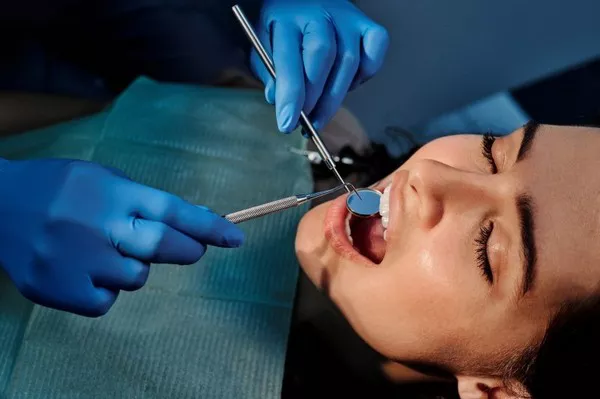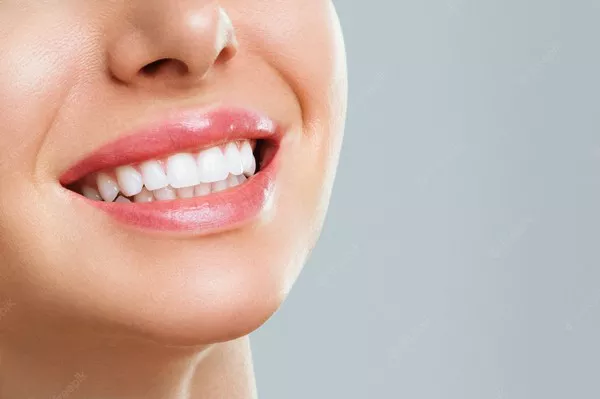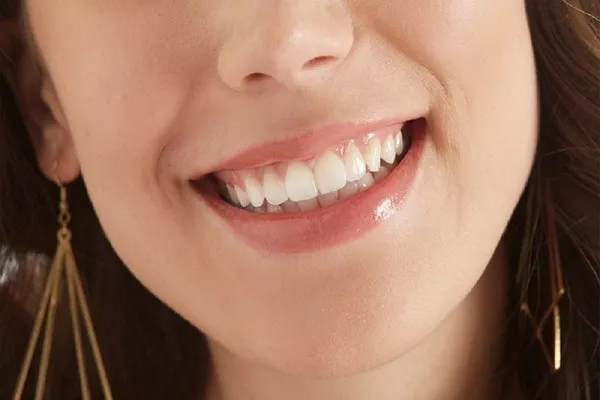Dental crowns play a crucial role in restorative dentistry, providing a durable solution for damaged or weakened teeth. However, the question of cost often arises for individuals considering this dental procedure. In this article, we delve into the factors influencing the cost of a crown filling, offering insights into the various aspects that contribute to the overall expenses associated with this essential dental restoration.
Understanding the Role of Dental Crowns: A Brief Overview
Purpose of Dental Crowns:
Dental crowns, also known as caps, serve as protective covers for damaged or compromised teeth. They are designed to encase the entire visible portion of the tooth above the gum line, providing strength, support, and restoration of both function and aesthetics.
Indications for Crown Fillings:
Dentists recommend crown fillings for a variety of reasons, including extensive decay, fractures, large fillings, and protection after root canal therapy. Crowns help reinforce the tooth structure, preventing further damage and preserving overall oral health.
Factors Influencing the Cost of Crown Fillings
Type of Crown Material:
One of the primary factors influencing the cost of a crown filling is the choice of crown material. Various materials are used for dental crowns, each with its own set of characteristics and associated costs. Common crown materials include porcelain, metal alloys, ceramic, and a combination of materials.
Porcelain Crowns:
Porcelain crowns, known for their natural appearance, are generally more expensive. The cost of porcelain crowns can range from $800 to $3,000 per tooth, depending on factors such as the quality of the material and the dental laboratory used.
Metal Alloy Crowns:
Metal alloy crowns, often made from gold or other metals, are durable and less expensive than porcelain crowns. The cost of metal alloy crowns typically falls in the range of $600 to $2,500 per tooth.
Ceramic Crowns:
Ceramic crowns combine the aesthetic appeal of porcelain with the strength of metal. The cost of ceramic crowns can range from $800 to $3,000, similar to porcelain crowns.
Location and Geographic Factors:
Dental costs can vary based on geographic location and the cost of living in a particular area. Urban centers or regions with higher living expenses may have higher dental service fees, impacting the overall cost of crown fillings.
Additional Dental Procedures:
The need for additional dental procedures can influence the overall cost of crown fillings. For example, if a tooth requires a root canal before receiving a crown, the combined cost of both procedures will contribute to the total expenses.
Understanding the Dental Crown Procedure:
Dental Examination and Preparation:
The process of getting a dental crown typically begins with a thorough examination by the dentist. X-rays may be taken to assess the extent of damage to the tooth. The tooth is then prepared by removing any decay or weakened structure.
Impression and Temporary Crown:
After preparation, an impression of the tooth is taken to create a customized crown. While waiting for the permanent crown to be fabricated, a temporary crown may be placed to protect the tooth. The fabrication process is usually carried out in a dental laboratory.
Permanent Crown Placement:
Once the permanent crown is ready, it is carefully fitted and bonded to the prepared tooth. The dentist ensures proper alignment, bite, and aesthetics. Any necessary adjustments are made to ensure optimal comfort and functionality.
Options for Financial Assistance:
Dental Insurance Coverage:
Dental insurance may cover a portion of the cost for crown fillings, depending on the type of crown material and the insurance plan. However, coverage for cosmetic procedures may be limited, and individuals should check with their insurance providers to understand the extent of coverage.
Financing Plans:
Many dental offices offer financing plans to help individuals manage the cost of crown fillings over time. Monthly payment options or third-party financing providers can provide flexibility in addressing the financial aspect of dental procedures.
Considerations for Long-Term Value and Oral Health:
Durability and Longevity:
While the cost of crown fillings is a significant consideration, individuals should also weigh the durability and longevity of the chosen crown material. Porcelain and ceramic crowns, though more expensive, may offer superior aesthetics and durability, making them a cost-effective choice over the long term.
Oral Health Impact:
Investing in crown fillings goes beyond aesthetics—it contributes to the overall health of the teeth and oral cavity. Promptly addressing dental issues with crown fillings helps prevent further damage, preserves natural teeth, and supports long-term oral health.
Conclusion: Balancing Investment and Oral Well-being
In conclusion, the cost of a crown filling is influenced by various factors, including the type of crown material, geographic location, and additional dental procedures. While the expense may vary, the investment in dental crowns extends beyond monetary considerations to the overall well-being of one’s oral health.
Individuals seeking crown fillings should consider their budget, long-term goals, and desired aesthetics. Open communication with a dental professional is crucial to understanding the available options, associated costs, and potential financing plans. Balancing the desire for a functional and aesthetically pleasing smile with budget considerations ensures that individuals can make informed decisions aligned with both their oral health needs and financial constraints.
Ultimately, investing in crown fillings is an investment in the strength, functionality, and appearance of one’s teeth. By carefully weighing the factors influencing cost and choosing the most suitable crown material, individuals can enjoy the long-term benefits of a restored and healthy smile.
How Long After A Dental Filling Can I Eat
Does Filling A Chipped Tooth Hurt






























